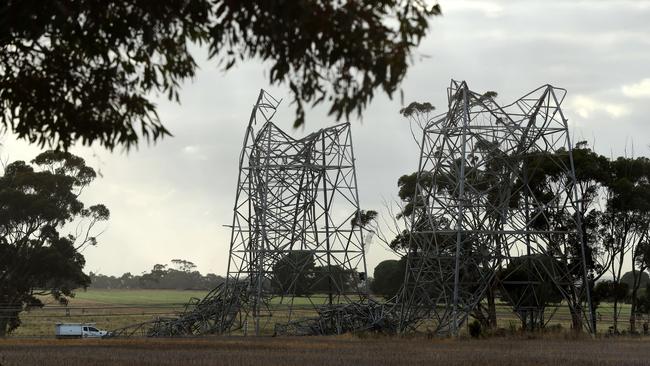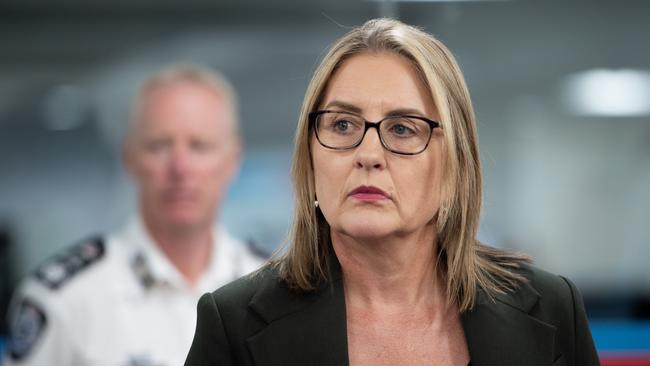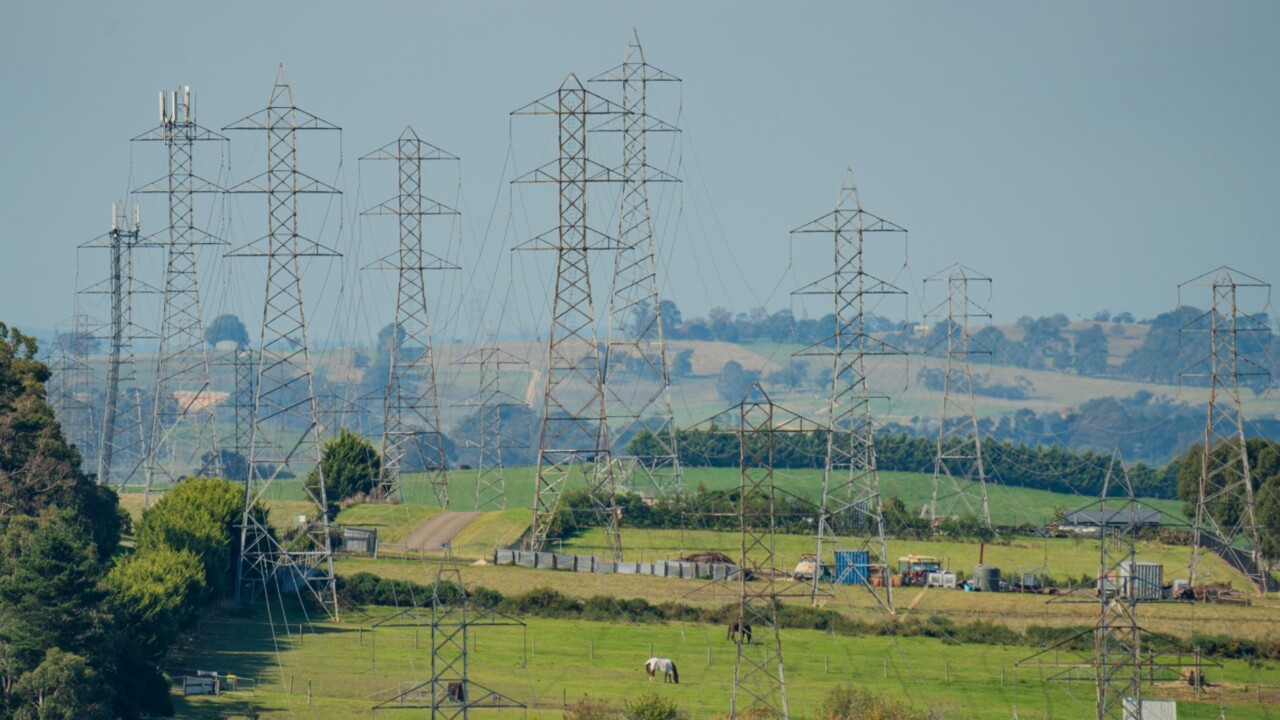Victorian business exodus threat on energy
Businesses have warned they will leave Victoria unless the Allan government can outline how it will guarantee energy reliability and affordability.

Businesses have warned they will leave Victoria unless the Allan government can outline how it will guarantee energy reliability and affordability, as it moves to phase out residential gas usage and achieve its target of 95 per cent renewable energy generation by 2035.
Industry’s demand for an energy road map comes as The Australian can reveal coal and gas were still responsible for generating more than 50 per cent of Victoria’s energy on Tuesday, despite the state’s largest coal-fired power station being out of action.
Almost 135,000 Victorians remained without power more than 24 hours after storms cut transmission lines in numerous locations on Tuesday afternoon, as well as damaging six transmission towers, tripping all four generators at Loy Yang A and initially cutting power to 530,000 homes.
Tens of thousands of Victorians were still without mobile coverage on Wednesday afternoon, with 41 communities across the northeast and Gippsland — including Bright, Kilmore, Flowerdale, King Valley, Bonnie Doon, Avenel and Mallacoota — unable to even call triple-0.
Of households without power, 3104 were classified as “power dependent”, meaning they required electricity for life support or other medical reasons.
A 50-year-old dairy farmer in Gippsland’s Mirboo north was killed in Tuesday’s storm, and more than 25 houses were destroyed by fire in the Grampians, in Victoria’s west.
Analysis of National Energy Market data shows that between 1:30pm – shortly before Loy Yang went down – and the end of the evening peak at 9:30pm, coal generated an average of 31.75 per cent of the state’s power despite the biggest generator being offline.
Gas generated 19.33 per cent, and wind 23.52 per cent, with several wind farms also offline for a period because of transmission line damage. Cloud cover contributed to solar generation’s average of 12.17 per cent, with 15.5 per cent coming from hydro-electricity and 0.22 per cent dispatched from batteries.

Victorian Chamber of Commerce and Industry chief Paul Guerra said business was starting to question whether Victoria was “the place to be”, referring to the state’s gas substitution road map, which aims to encourage as many residential users as possible to move from gas to electricity, with significant unintended consequences for those who remain on the gas network, including large commercial users.
“We’re turning gas off, and that’s made a decision for some manufacturers, when they can get reliable and cheap gas in both Queensland and Western Australia,” Mr Guerra said. “If we start to question the availability of energy in a reliable and affordable sense, that will be the nail in the coffin for some businesses. They’ll make the decision to move out of Victoria, and we’ll be poorer for it.”
Mr Guerra said his organisation had demanded 12 months ago that the government outline how it would guarantee energy security in its bid to meet the 2035 renewables target. “If the timeline’s to be met around 2035, we need action immediately,” he said.
“The state government’s made decisions around gas, which may actually look premature based on the load and the role that gas played yesterday.
“Everybody’s supportive of the move to net zero by 2035 … The question comes in: can we do it, to get reliable energy at the right price for businesses?

“We know the infrastructure in Victoria is ageing, so what’s the plans to replace it?”
Mr Guerra said federal Environment Minister Tanya Plibersek’s decision to veto the Victorian government’s plans to use the Port of Hastings to help build its offshore wind industry raised questions about the state’s capacity for a smooth transition to renewables.
AiGroup climate change and energy director Tennant Reed said Tuesday’s events had highlighted the extent to which Victoria remained dependent on coal-fired power generation.
“To need Loy Yang A and not have it is a bad place to be … that’s true for any of these large assets,” Mr Reed said. “If they’re going to exit, that’s fine, but we have to be ready. To be ready, we’re going to have to build a lot of stuff.”
Australian Pipelines & Gas Association chief Steve Davies said the energy crisis had highlighted the importance of fast-start gas turbines, which during some periods on Tuesday afternoon provided as much as one-third of the state’s power.
“There were no outages to Victoria’s underground pipeline or gas distribution networks,” Mr Davies said.




To join the conversation, please log in. Don't have an account? Register
Join the conversation, you are commenting as Logout